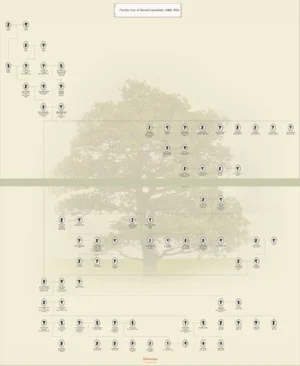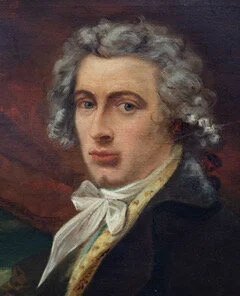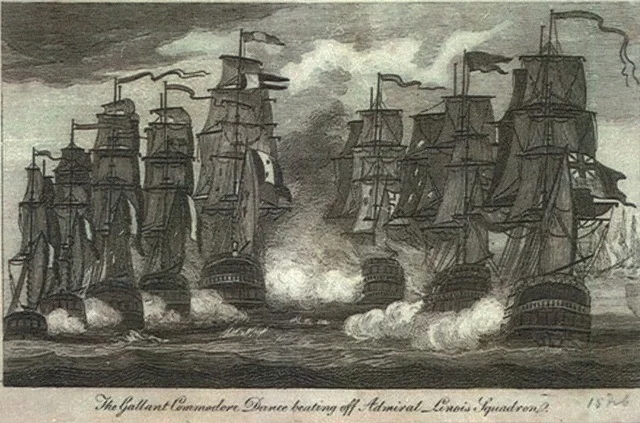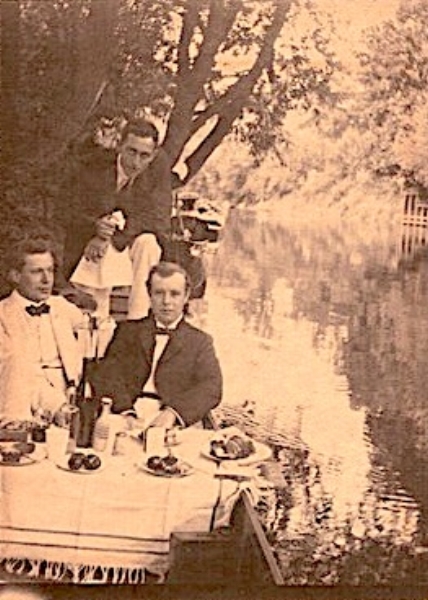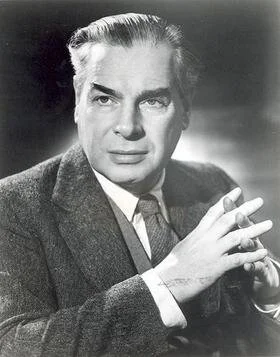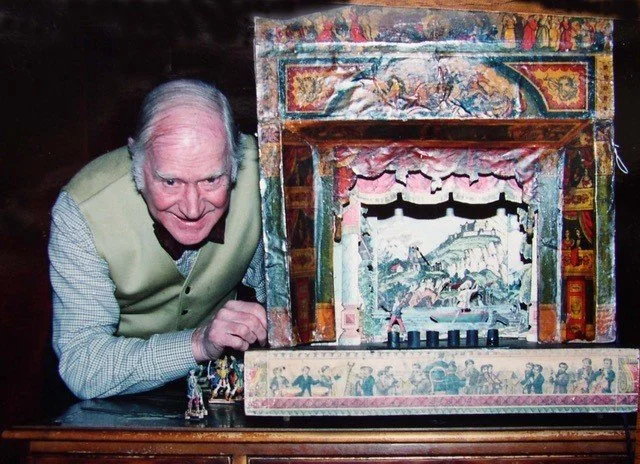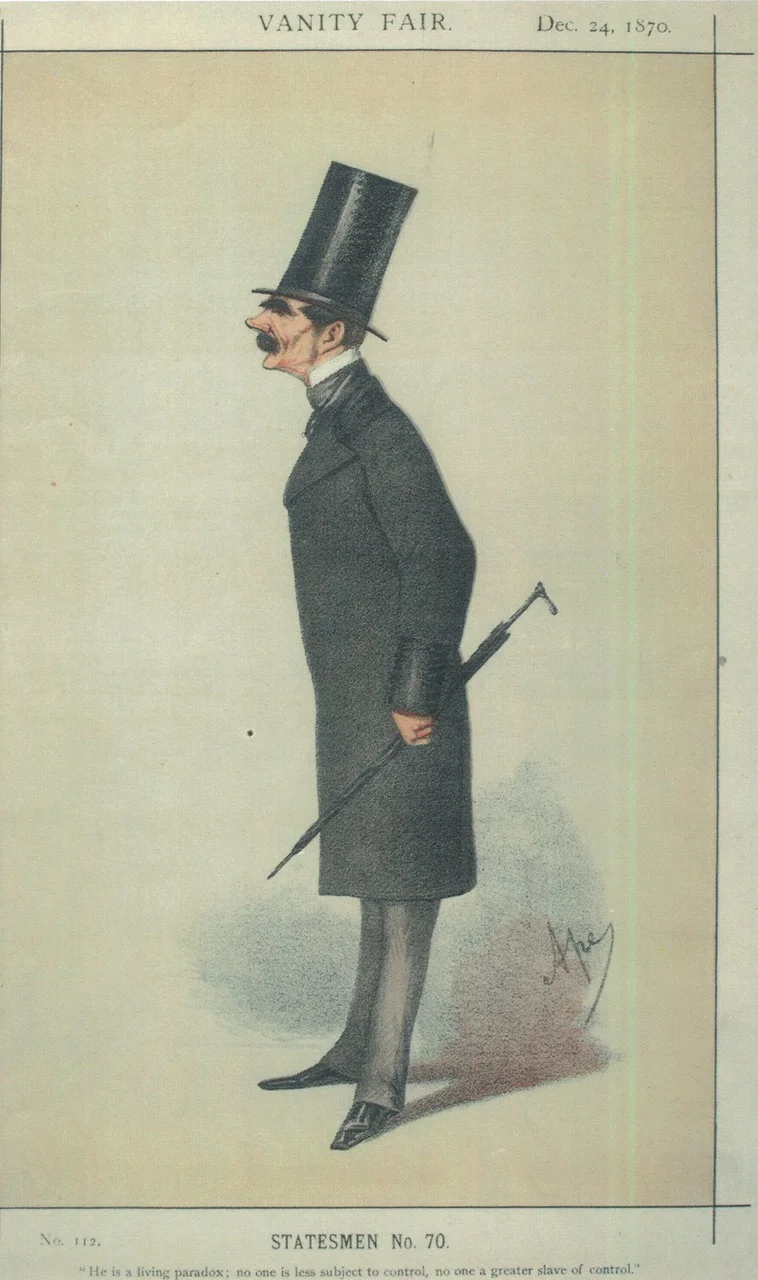Family Roots, Part 2
It might be useful to have a copy of the Family Tree handy, as this is where the memoir starts getting complicated! If you need to download the Family Tree, click here.
The Campbell family
The Campbell family had an unruly past. Andrew’s grandfather Charles Campbell was born in 1845. He had a disappointing life according to his diaries which we possess. Charles’s mother, Sarah Rogers, brought him up single-handedly. Sarah Rogers came from Dublin and Charles was born in London. There are numerous stories about Charles’s origin but they are not mentioned in his painful and inhibited diaries. However, the Campbell family told a story of grand origins.
Lord Campbell of St Andrews, who had been Chief Justice in Ireland and was later to become Lord Chancellor of Great Britain in the Palmerston government, met his friend Henry Knight Storks walking down Pall Mall. Storks had served in the Crimea as Superintendent of the British Garrison but now was a Colonel on half pay.
Sarah was allegedly Lord Campbell’s mistress but, as he climbed the political ladder, his relationship with her was becoming an embarrassment. He asked if Henry would ‘take her and Charles on’. He offered in return a colonial governorship which was to prove an important step in Storks’ career.
Henry agreed and took Sarah and Charles under his wing. Later, he and Sarah had a daughter, Sophie, who took on the name of Storks but sometimes used Campbell as her surname. He was initially married to Maria Elisa Adelaide, daughter of Amalia Sola Nizzoli, who wrote in Italian on travels in north Africa before the Risorgimento. When her husband lost his diplomatic post she took her two daughters back to Trieste to wait for him. Her second daughter, Luigia, died on the stormy voyage; her first daughter, Maria, survived and later married Storks. Storks did not marry again after her death.
Henry’s letters to Charles and Sophie written while he was the Governor of Malta, and in our possession, are affectionate but formal.
Sarah and her two children lived in some style in Holland Park. A family album (now in the British Library) includes photographs of Charles and Sophie and also of Sarah captioned as ‘Lady Storks’. There is also one photo of Lord Campbell, stocky and bearded, standing outside his home in Hyde Park.
Storks secured a commission for Charles in the Army Pay Corp. He served in Bermuda and then resigned due to ill health; he described his condition as ‘eruptions’. There was a rift in his relationship with Storks, possibly because of Charles’s marriage to Rose Nathan whose Jewish family originated from Poland, and it seems that any allowance he may have received from Storks (or Campbell) ceased. At one point, Charles was reduced to working as a travelling salesman. He was deeply religious, at least in later life. Charles died in 1898 and was survived by Rose and their one son whom they named Henry (Andrew’s father).
Sophie married an army officer and my mother met their son, Colonel Sadler, in the 1930s.
There is really nothing more to say about Charles. But his early life when Storks acted as his guardian must have accustomed the family to a style which later they had much difficulty in sustaining.
We used not to believe Andrew’s tales of past Campbell grandeur but after his death I went through his papers and concluded that much of what he told us might not have been as fanciful as we first thought. However, much research has failed to confirm the identity of Charles’ father.
The Speaight family
My maternal grandfather’s family had been connected with the City of London since the reign of Edward IV. In 1509 Thomas Speight (the spelling of the name was later changed) was Master of the Merchant Taylors Co and entertained members of the Spanish King Charles V’s train on his visit to London in 1522.
My great-great-grandfather, Wiliam Speaight (1752-1806), a successful City of London printer.
The family became well-known City printers and there is a portrait of my great-great-grandfather, William Speaight, (1754-1806) in a wig and silk cravat. (In researching this painting, my distant cousin, Saira Holmes, has found out more about other descendants of William Speaight. Click here to read her discoveries. To read about the musical genius brothers, James and Joseph Speaight, grandsons of William, click here for my cousin Anthony Speaight’s article.)
Where Commodore Sir Nathnaniel Dance outwitted the French at the battle of Pulo Aor, Malacca Straits, in 1804.
Descendants of my grandfather's family by marriage were Commodore Sir Nathaniel Dance, of the East India Company who in 1804 defeated by means of clever seamanship a French fleet at Pulo Aura near the entrance to the Malacca Straits. We have a picture of this achievement. An uncle of Nathaniel was George Dance RA, the distinguished architect of the Mansion House and portraitist. His son, Sir Charles Webb Dance, fought at Waterloo.
My grandmother’s family owned a thriving tool shop in Fetter Lane. Having been born within the sound of Bow Bells, she proudly claimed to be a cockney. She married Charles who became a director of Melhuishes. Later Melhuishes were taken over by Robert Dyas, the retail hardware business.
Charles Speaight, my maternal grandfather, front centre with his brother Richard on his right.
Charles Speaight was a gentle man but his two brothers must have been stronger personalities. Frederick (my mother’s uncle) became a justice of the peace and member of Hertfordshire County Council. He set up an antique business in Hatfield and then supported his brother Richard, a photographer, who had a studio in Bond Street and became a Court photographer.
Robert Speaight
Frederick could afford to send his sons to Haileybury and the two elder ones to Oxford. They had distinguished careers: Robert, the actor (Click here for Under the skin of Thomas Becket by Margaret Hebblethwaite, nee Speaight, which appeared in the Tablet 21/28 August 2021.); Hugh, a journalist on the Daily Telegraph who wrote the ‘Peter Simple’ column (he died of TB at the age of 26), and George, the well-known toy theatre and puppet specialist and writer.
George Speaight, a brilliant and tireless enthusiast for puppet theatres
Anthony Speaight QC
George had two children: Margaret lives and teaches in a religious community in South America and Anthony is a QC. (www.anthonyspeaight.com)
Langford Speaight, Richard’s son (and Mollie’s cousin), went up to Oxford where he gained a First and then joined the Diplomatic Service and served in Poland, Egypt, Burma and Bulgaria.
Langford had three children: John was a schoolteacher, Nonie is married to Michael Brasier-Creagh and Cecily is married to Dale Larson and lives in the US. We have close ties with all the Speaights.
To learn more about Henry Knight Storks, click here https://en.m.wikipedia.org/wiki/Henry_Knight_Storks
My great-grandfather’s guardian, Sir Henry Knight Storks.
Sir Nathaniel Dance
